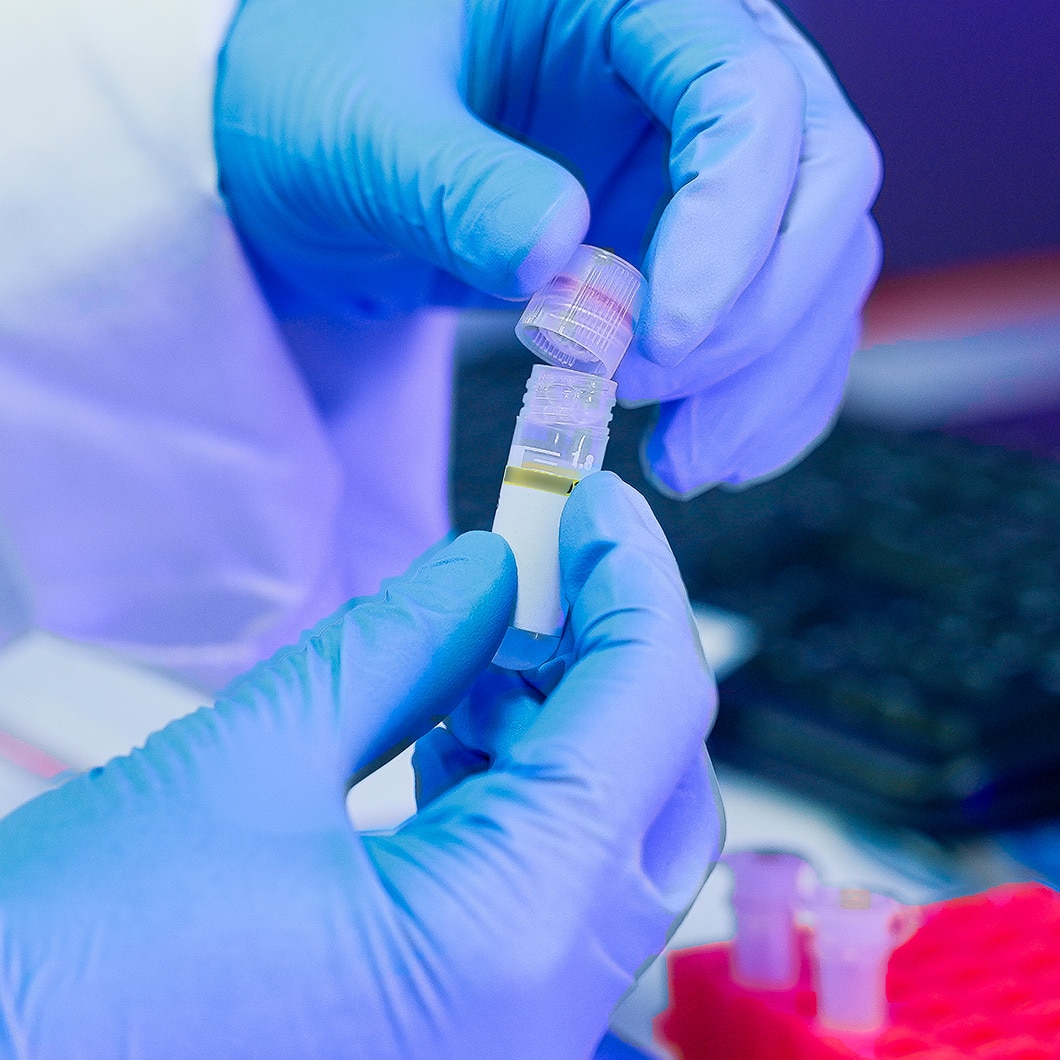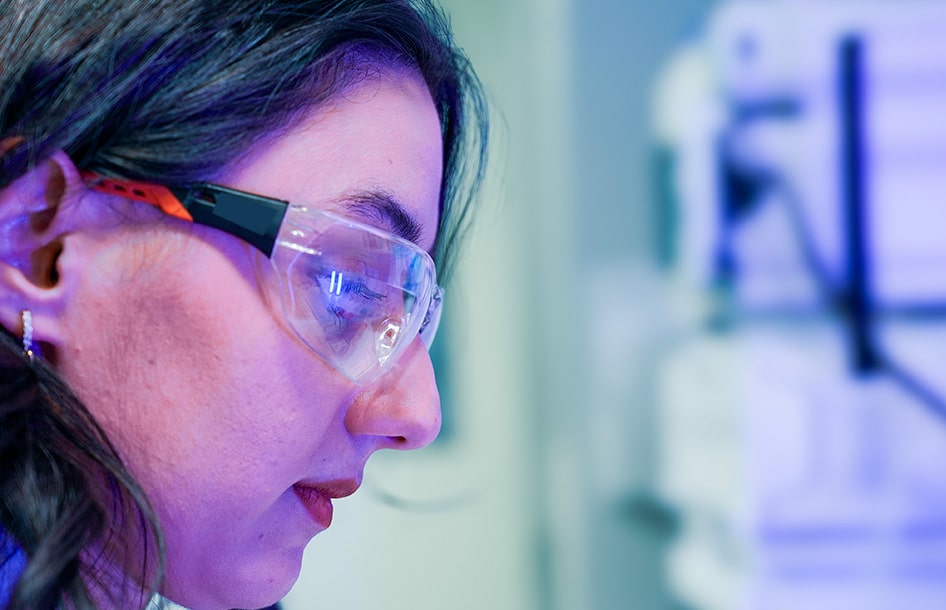25 FEB. 2025
Solving a quality challenge for therapeutic antibodies

A Customer Success: Solving a Quality Issue for Therapeutic Antibodies, getting rid of aggregates!
A look back at one of our custom support services for biotech customers. Faced with a quality problem for therapeutic antibodies, LFB Biomanufacturing’s teams put their heads together to find an effective solution and avoid costly workarounds.
Removal of aggregates
Aggregation levels are a critical quality attribute for any injectable product, and one of our biotech customers experienced this first-hand with their product. The multimerisation of proteins, and of antibodies in particular, is a common, dynamic, and often irreversible phenomenon. Removing aggregates and preventing them from forming in the first place is therefore a key objective in the development of any process for producing therapeutic molecules. These aggregates can induce immunogenicity and are among the impurities most monitored by manufacturers and regulatory authorities alike.
When both establishing a stable mAb-producing line and developing the production process (USP), the stability of the product is a criterion for selecting the clones and strategies used. Most purification platforms include a step to reduce aggregate levels, often involving cation-exchange chromatography, after the capture and viral inactivation steps. These steps concentrate the product and subject it to treatment at low pH, both of which can promote aggregation.
From the beginning of our collaboration with our customer, we understood the importance of finding a solution for a product that came to our purification platform (DSP) with an aggregation level of 50%.
Thanks to our AmbrTM systems, we were able to implement an experimental plan to optimise the process. Though we achieved significant optimisation, the best conditions still showed a post-clarification aggregation level of about 20%.
In such situations, the project often needs to be redefined, either by generating a new stable line or by redesigning the molecule of interest to improve its stability. However, these steps significantly increase development costs and lengthen the time to bring the product to the clinical trials phase.

We were committed to work with the customer to find an effective solution to avoid these costly scenarios. We explored various options: screening buffers, adding arginine for its anti-aggregation effects, and searching for new chromatography supports.
That’s when we discovered the CHT type I resin (Biorad type I hydroxyapatite), a mix-mode resin that combines positively charged calcium ligands and negatively charged phosphate groups. This purification step drastically reduced aggregate levels.

